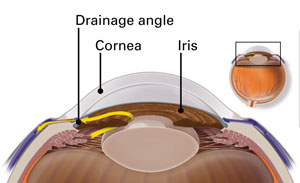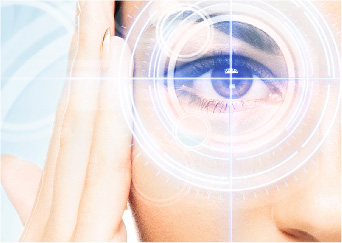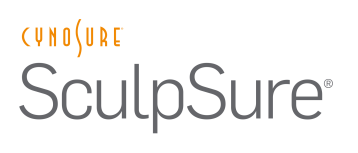 Glaucoma is a leading cause of blindness and visual impairment in the United States. Our routine annual eye exam can detect the disease. With early detection and treatment, glaucoma can usually be controlled and your vision preserved. To detect glaucoma, your physician will test your visual acuity, visual field, dilate your pupils and test the pressure in your eye. Glaucoma is a slow, progressive disease, often without any pain or discomfort. Therefore, it has often progressed by the time it is diagnosed. Annual routine eye exams are therefore recommended. Various treatments to control glaucoma include eye drops, laser surgery and conventional surgery.
Glaucoma is a leading cause of blindness and visual impairment in the United States. Our routine annual eye exam can detect the disease. With early detection and treatment, glaucoma can usually be controlled and your vision preserved. To detect glaucoma, your physician will test your visual acuity, visual field, dilate your pupils and test the pressure in your eye. Glaucoma is a slow, progressive disease, often without any pain or discomfort. Therefore, it has often progressed by the time it is diagnosed. Annual routine eye exams are therefore recommended. Various treatments to control glaucoma include eye drops, laser surgery and conventional surgery.
More info on Glaucoma are available at eyeSmart
ECP is a new technique that lowers pressure within the eye (intraocular pressure or IOP) by reducing the amount of fluid (aqueous humor) produced. This treatment helps patients suffering from glaucoma, a disease where excess fluid puts pressure on the optic nerve and damages vision. During an ECP procedure, the ophthalmologist uses a tiny probe with a fiberoptic camera and laser to visualize the part of the eye that produces fluid, called the ciliary processes. Laser energy then treats some of these cells so they stop producing fluid. This results in lower pressure within the eye. Many patients who undergo ECP can reduce their eye drops after treatment. ECP is usually performed at the same time as cataract surgery. Recent studies show that patients who undergo the combined ECP/cataract procedure need fewer glaucoma medications over the long term.
The ECP procedure is reimbursed by Medicare and many other insurance providers, which minimizes your out-of-pocket expenses.
Selective Laser Trabeculoplasty (SLT) is an advanced “Cool” laser system that targets specific cells of the eye – those that make up the trabecular meshwork or “drain” in the eye. Using a disruptive rather than thermal energy, the SLT targets these specific cells, leaving the surrounding tissue intact, and improves the outflow of fluid, thereby lowering your eye pressure. Your eye pressure usually achieves maximum effect 6 weeks after having the SLT procedure. There is extremely low risk of side effects with SLT. The SLT treatment is painless, and is done in the office.
The SLT procedure is reimbursed by Medicare and many other insurance providers, which minimizes your out-of-pocket expenses.
For more information on SLT, please visit www.glaucomaslt.com
















